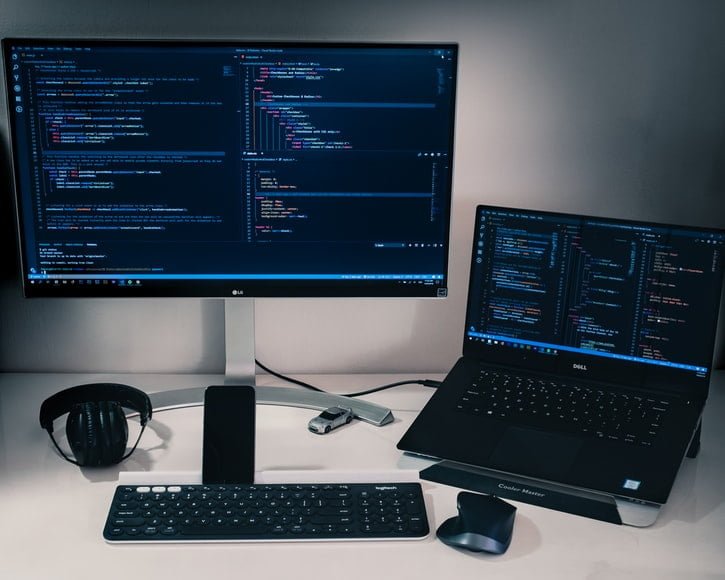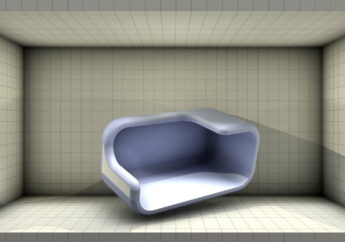Steps Of The Bespoke Software Development Process
by Sumona Technology Published on: 16 November 2021 Last Updated on: 21 March 2022

Software programs have been a part of our life for a long time, so companies are trying to use modern tools. There are no universal solutions, so it often becomes necessary to use several bespoke software development options to perform necessary tasks.
Solving a wide range of problems using one app seems to be the right decision. However, keep in mind that users always have desires which may vary and their requirements.
6 Steps Of The Bespoke Software Development Process

In most cases, developing a new app is not a simple tribute to high status. Ordering the bespoke software development process has certain advantages. The use of a unique tool allows you to focus attention and successfully cope with your main tasks.
Here are the six steps which are associated with bespoke software development.
Step 1: Discuss Requirements
Broscorp consulting involves employees on both sides. Performers try to identify needs, while customers create a list of wishes. Discussion of details with professionals is a mandatory step.
The program of the bespoke software development requires clear articulation of goals and expectations. For a productive conversation, prepare a list of key characteristics and requirements, including:
- future users (customers, employees);
- purpose of using the software;
- unique specific features;
- purpose of the security;
- software algorithm.
Discussion of details before the start of cooperation will allow establishing the compliance of the contractor’s capabilities with the customer’s expectations. Specialists will provide the necessary explanations and begin to create a suitable solution.
Step 2: Documenting Tasks

Defining the key requirements doesn’t mean the end of the introductory part of cooperation. The wishlist allows developers to create a flow of actions to match the customer’s assumptions and available options. For better interaction, it is recommended to include obligations in the bespoke software development contract.
Having a list allows you to clarify all required information before starting the work. The basis for future cooperation is the approval of the specification by both parties. Documenting the requirements helps to ensure that there will be no misunderstanding in the future.
Step 3: Technical Design
Discussion of key details provides an opportunity to move on to the next stage of the bespoke software development program. Understanding desires becomes the starting point for finding effective solutions. Performers start to complete their tasks when they know what is required of them and how to do it.
At this stage, you discuss additional options:
- work period;
- available budget;
- design.
The desire of specialists to satisfy the client’s requests in full is becoming noticeable. It is possible to eliminate interruptions in work by checking the level of reliability. The software design includes creating mock-ups, discussing the interface, and demonstrating the result.
Step 4: Software Coding And Implementation

Creating bespoke software is not an easy task, so you shouldn’t rush to develop it. You can easily avoid problems at this stage. A responsible attitude to discussions at the beginning of cooperation will allow you to move on to the next stages of the bespoke development.
The process includes creating the code considering the platform to be used.
Keeping abreast of news and getting the latest information is easy if you cooperate with specialists.
Holding regular, albeit, video format meetings allow you to deal with all emerging problems and find a way out of difficult situations.
Performance is assessed after reviewing the work performed. The development team can also demonstrate intermediate results for timely identification of errors. Constant contact is the key to the successful completion of this key stage.
Step 5: Running Tests
The finished bespoke software must be tested by real users. First of all, testing is carried out by a special department of the executing company. Tests are performed with special tools such as the QA automation tool, while some users additionally apply for special programs.
Despite the fact that the customer may think such help is superfluous, the opinion of experts remains unchanged: testing the software by ordinary users is a necessary step. For this, the beta version of the app is used.
Access to the platform is limited, but you and your employees can run some tests. Thus, you will reveal the weak points of the system for finding solutions and finding solutions.
Step 6: Maintenance

The work can be considered almost complete since the developers offer to use the software for real users. The first launch will allow you to work on errors again and fix them.
Keep in mind that custom solution development includes maintenance. You can order bespoke software on https://broscorp.net/ .
Conclusion:
The contractors support the finished product and help to solve newly found problems. In addition, it may be required to change the interface and optimize some things. If the basic steps of custom bespoke software development have been successful, the need for maintenance will gradually disappear.
Read Also:







































































































